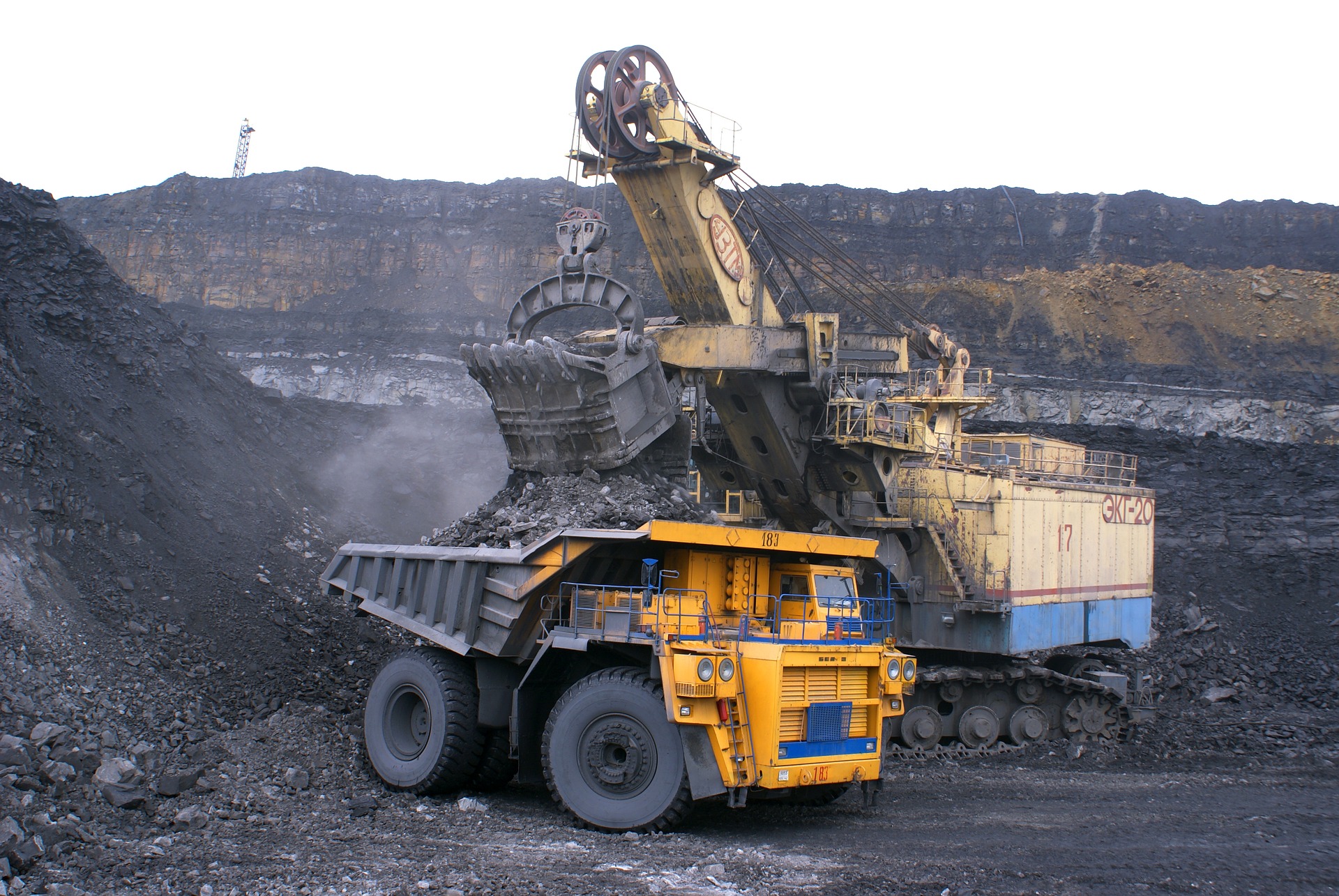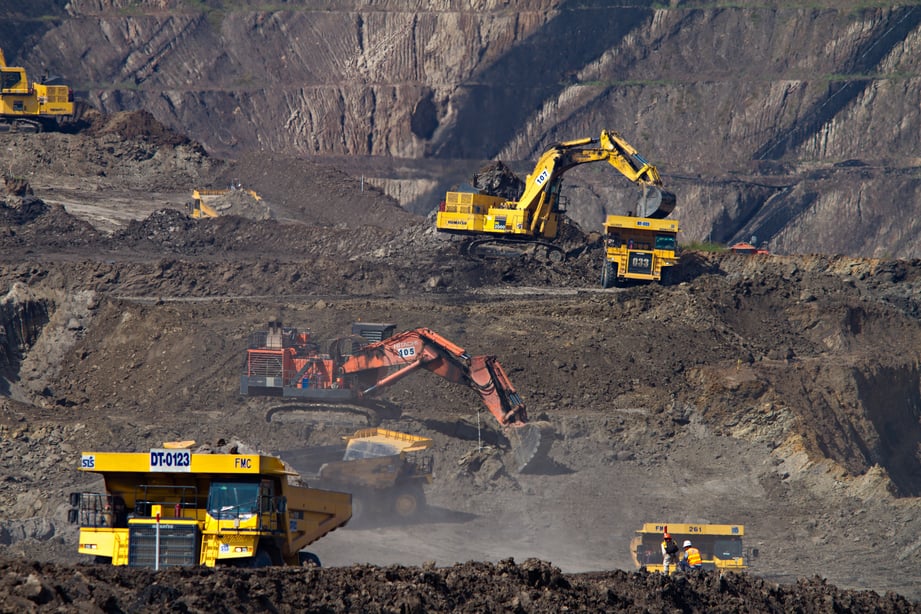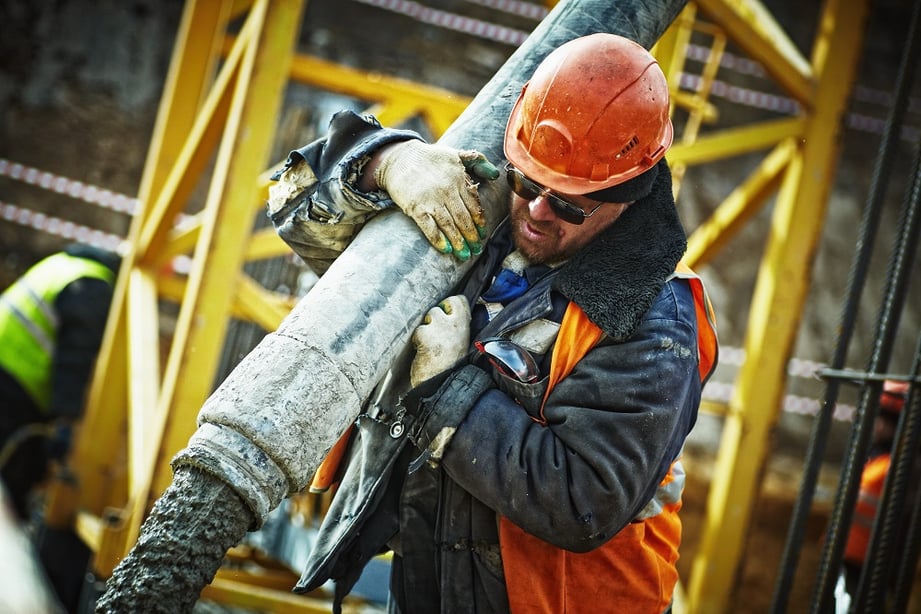According to the International Organization for Standards, risk management pertains to risks affecting organizations that can have consequences for economic performance and professional reputation as well as environmental, safety and societal outcomes.
Misjudging risks can negatively impact projects and, in the worst cases, can lead to failure. This can mean money lost, communities damaged, lawsuits filed, and possibly even lives lost because of a project gone awry. By identifying and managing factors that increase the risk to your projects (or, heaven forbid, your organization as a whole), you can prevent disaster and set your organization and projects up for success.
Investors Consider Risk Management Efforts
For example, a recent dam disaster in Brazil prompted investors to review their involvement, assess how their investment played a role, and, ultimately, take action to help prevent disasters like this in the future. This is but one of many examples showing that investors are paying attention when a project enjoys economic success, but also when it encounters safety problems.
“Mining is certainly an industry that has generally higher risks in terms of environmental and social practices,” Mark Eckstein, a director of environmental and social responsibility at CDC, told the Financial Times. “Any of these big incidents clearly has an impact on investor sentiment and expectation. It should encourage them to ask smarter questions.”
How to Manage Risk
Traditionally, risk assessments have evaluated the experience of those involved in a project, the project’s financial stability and viability, and the current financial position. But, increasingly, these evaluations are taking other factors into account as well – like the safety of your workers and contractors.
The Need for Risk Management in Mining
Risk is inherent in any business, but especially so in mining. Mine sites expose workers to many potentially lethal risks that, in addition to causing serious harm to workers and their families, can also impact the success (or even viability) of a project.
For example, according to Workplace Safety North, while the injury rate in Ontario was down almost 3% in 2018, there were still 4 injuries per every 100 workers during that year, for a total of 906 injuries. Risk may be a necessary part of the business of mining, but that doesn’t mean it shouldn’t be minimized as much as possible. This is precisely what risk management aims to do.
Manage Risk to Encourage Investments
 Ultimately, investors want to feel that their money is being put to good use. They want to make sure that they will get a return on their investment, and so robust assessment systems and measures have been created to help investors decide whether a project or organization is worth supporting.
Ultimately, investors want to feel that their money is being put to good use. They want to make sure that they will get a return on their investment, and so robust assessment systems and measures have been created to help investors decide whether a project or organization is worth supporting.
Just as you might make a pro-con list or a budget to help decide whether you should take that trip or go back to school, risk management takes stock of different elements to inform a decision on whether a project will be viable and, ideally, profitable.
What Investors Are Looking For
Safety as a key element
More and more, investment opportunities are assessed with a more holistic lens. Not only are the economics and profit potential assessed, but also the social and community implications as well as the labour relations and health and safety structures at play.
For example, Centerra Gold, a leading Canadian-based gold and copper producer, identifies the safety of their operations as one of the six fundamental things that investors should know about the company. Centerra considers safety so important to their success that they have listed it alongside their organizational experience, their stable financial position, and their growing reserves. Centerra has positioned safety at the core of their business for their primary audience – investors. This implies that a safe organization is one worth investing in.
Tools in place to ensure safety
Worker safety (or lack thereof) and its financial and legal implications are becoming more and more central to assessing a project’s risk and potential for success. If a company cannot prove that their workers will be kept safe (and, by extension, kept working), then it becomes difficult for investors to justify contributing to a venture.
Integration of contractors
 Contractor management and safety is just as important as worker and organizational safety. Especially in mining, creating a safe workplace for contractors is paramount, not just for worker health, but for business success as well.
Contractor management and safety is just as important as worker and organizational safety. Especially in mining, creating a safe workplace for contractors is paramount, not just for worker health, but for business success as well.
Contractors make up a significant part of the mining workforce. By keeping contractors safe you are working to ensure the safety of your entire workforce. And by keeping your workforce safe you are adding to the stability and investment potential of your organization. There is a direct line from contractor safety to business success.
Companies increase investment risk when they outsource to contractors to meet operational needs and improve financial performance. But there are ways to combat this risk. Tools, as a contractor management system, exist to keep contractors safe and mitigate both the risk to their safety and the risk to your company’s investment potential.
Safety Management Tools Can Help
Indeed, a contractor management system with its evaluation module can identify top performing contractors based on criteria you set out, like safety and emergency response training.

Contractor qualification processes can be completed and organized in a single platform and can include key safety featured like validation, alerts, and document sharing among different departments. Detailed work permits for contractors can be generated based on training required and protective equipment needed.
All of these features keep your contractors and workers safe and, ultimately, make your projects and company a sound investment.


 Ultimately, investors want to feel that their money is being put to good use. They want to make sure that they will get a return on their investment, and so robust assessment systems and measures have been created to help investors decide whether a project or organization is worth supporting.
Ultimately, investors want to feel that their money is being put to good use. They want to make sure that they will get a return on their investment, and so robust assessment systems and measures have been created to help investors decide whether a project or organization is worth supporting. Contractor management and safety is just as important as worker and organizational safety. Especially in mining,
Contractor management and safety is just as important as worker and organizational safety. Especially in mining, 



